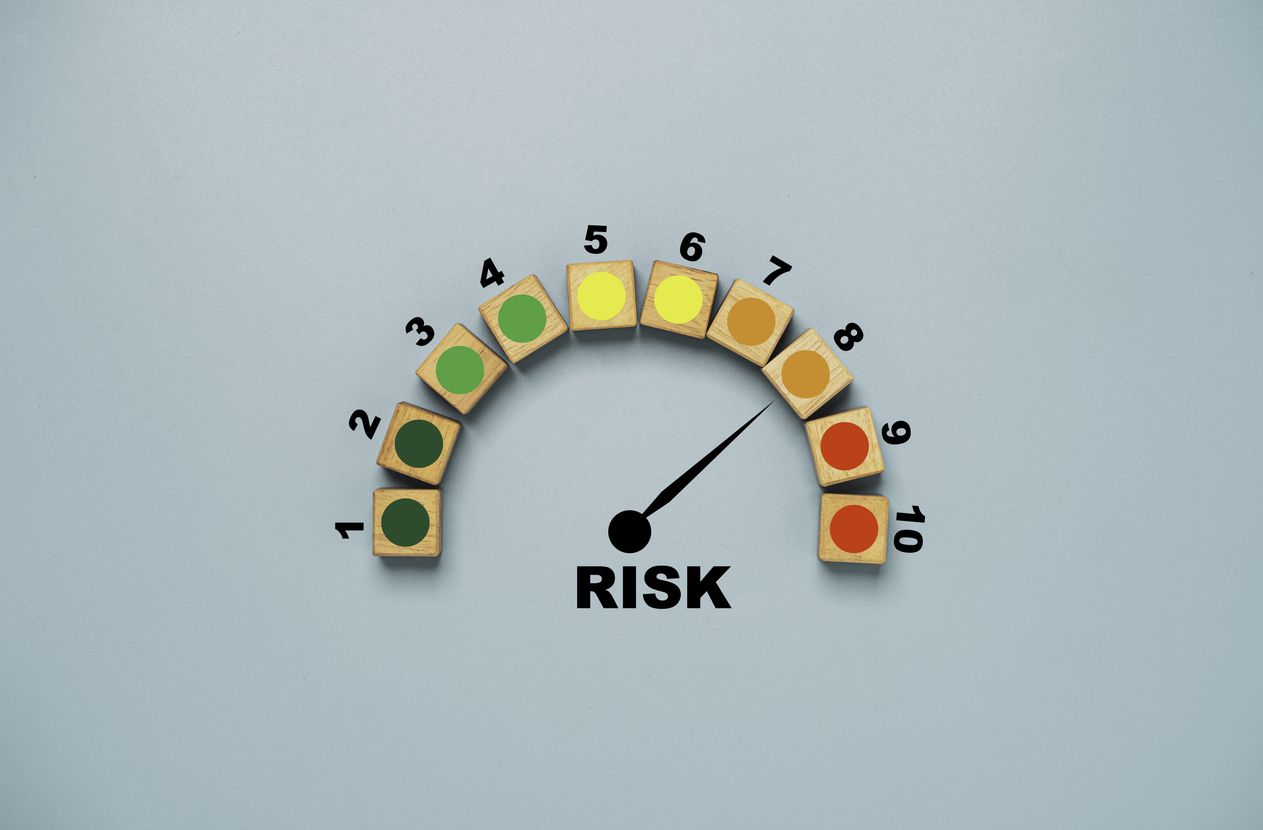Alternative energy funds have dim prospects under a Trump presidency
One thing you can learn from the Trump presidential victory: Making bets on the fallout is anything but…
One thing you can learn from the Trump presidential victory: Making bets on the fallout is anything but certain.
For example, President-elect Donald Trump has promised to bring back coal. Investors don’t believe it. VanEck Vectors Coal ETF (KOL), is down 7.1%.
On the other hand, solar funds have taken it on the chin. Mr. Trump nominated Rex Tillerson, CEO of ExxonMobile, for secretary of state. His nominee for the head of the Energy Department: Rick Perry, who promised to abolish it during the presidential campaign.
Solar stocks have had spotty records since the election. The largest, First Solar (FSLR), has fallen 1.7%. SunPower (SPWR), the second-largest solar company, is up 1.56%, according to Morningstar.
And that kind of performance has hurt ESG funds like Guinness Atkinson Alternative Energy Fund (GAAEX), down 5.7% since the election, and iShares Global Clean Energy ETF (ICLN), down 8.0%. And it’s not just solar companies that are hurting alternative energy funds. First Trust Global Wind Energy ETF (FAN) is the worst-performing alternative energy fund.
Neverthless, while diversified energy ETFs, such as iShares U.S. Energy (IYE) have risen 10% or more since Nov.8, some clean energy funds have done quite well. Of course, it all depends on how you define “clean energy” for the purposes of creating a portfolio. And for an alternative energy fund to have a good record, it doesn’t hurt to have a heaping helping of oil.
Consider PowerShares WilderHill Progressive Energy Portfolio (PUW), up 13.8% since Election Day. The fund concentrates on companies that “are engaged in a business or businesses that the index provider believes may substantially benefit from a societal shift toward the transitional energy technologies significant in improving the use of fossil fuels and nuclear power.”
To fund management, this means companies like McDermott International (MDR), which designs and executes complex offshore drilling projects. In other words, it’s involved in getting more hydrocarbons out of the ground. McDermott is the fund’s largest holding. Chesapeake Energy (CHK) is another of the fund’s holdings: The oil and gas exploration company remains firmly tied to natural gas prices.
Similarly, PowerShares WilderHill Clean Energy Portfolio (PBW), up 4.9% since the election, has fared better than solar funds. But its main holdings are companies that benefit from the push toward clean energy, not necessarily the production of clean energy. Its top holding, for example, is electric-car maker Tesla (TSLA), followed by Hexcel Corp. (HXL), which makes lightweight components for the aerospace industry. It does, however, have postions in alternative energy providers such as Renewable Energy Group (REGI), Candadian Solar (CSIQ) and First Solar (FSLR).
Learn more about reprints and licensing for this article.








